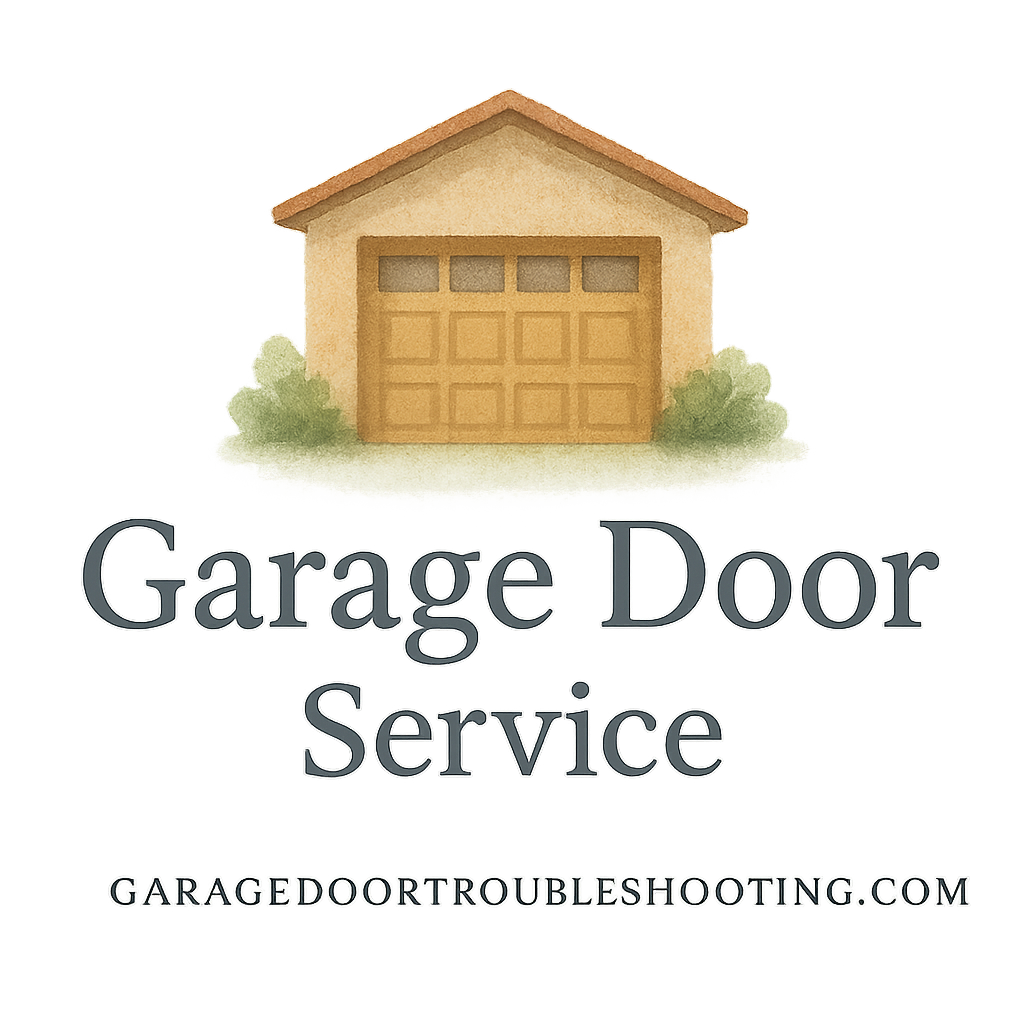When was the last time you thought about how dangerous a garage door repair could be? Believe it or not, garage doors weigh hundreds of pounds, have high-tension springs, and involve electrical systems that can cause serious harm if you’re not careful. That’s why before you pick up your toolbox, you need a safety checklist.
In this article, we’ll walk through a 7 step safety checklist before starting garage door repairs to make sure you’re not putting yourself—or your family—in danger.
Why Garage Door Repair Safety Matters
Your garage door is more than just a convenience. It’s a massive moving wall that opens and closes multiple times daily. With constant use, wear and tear are inevitable.
But here’s the catch: even a small repair can turn dangerous if safety measures aren’t followed. From snapped springs to faulty wiring, garage door repairs are among the riskiest DIY home projects.
For more homeowner tips, you can explore garage door safety and security.
Common Dangers of Garage Door Repairs
Before we dive into the checklist, let’s talk about the risks:
- High-tension springs snapping with force.
- Fingers or hands getting caught between panels.
- The heavy door collapsing unexpectedly.
- Electric shock from faulty openers.
- Injuries from using the wrong tools.
If these dangers aren’t enough to make you cautious, remember that DIY garage door accidents can cause life-altering injuries. That’s why following this safety checklist is non-negotiable.
Step 1: Disconnect the Power Supply
Why Cutting Off Power is Crucial
First things first—turn off the power. Your garage door opener is an electrical device. If you’re working on wiring or even mechanical parts, you don’t want it activating by accident.
Disconnecting the power ensures the opener won’t start moving while you’re working.
For safe garage door installation advice, check this guide: garage door installation advice.
Tools Needed for Safe Disconnection
- A sturdy ladder for reaching the power cord.
- A flashlight to ensure visibility.
- Voltage tester for electrical safety.
Step 2: Secure the Door in Place
Preventing Accidental Falls
The garage door can slide down unexpectedly if it’s not locked in place. Imagine working under it when that happens—it’s a recipe for disaster.
Best Methods to Lock Your Garage Door
- Use C-clamps or locking pliers on the tracks.
- Engage the manual lock (if available).
- Never rely solely on the opener to keep the door up.
For more maintenance precautions, see garage door maintenance tips.
Step 3: Wear Proper Safety Gear
Essential Protective Equipment
Safety gear is your first line of defense. At a minimum, you’ll need:
- Safety goggles to protect your eyes.
- Thick gloves to prevent cuts.
- Closed-toe shoes to shield your feet.
Why Gloves and Goggles Are Non-Negotiable
Springs can snap, cables can fray, and metal parts can cut deep. A simple pair of gloves and goggles can make the difference between finishing a project and ending up in the ER.
Check our section on dangerous repairs for real risks.
Step 4: Inspect the Springs and Cables
Identifying Wear and Tear
Garage door springs carry extreme tension, and cables lift the weight of the door. Before doing anything, visually inspect them. Look for:
- Fraying or rust on cables.
- Gaps or cracks in springs.
- Signs of stretching or deformation.
Warning Signs of Dangerous Springs
If your spring looks damaged, don’t touch it. Springs are among the most hazardous parts to repair without training. Instead, call a professional.
Check this garage door repair guide for safer alternatives.

Step 5: Keep Children and Pets Away
Risks of Distractions During Repairs
Kids and pets are naturally curious, but when tools and heavy machinery are involved, curiosity can lead to accidents.
Tips to Childproof the Work Area
- Keep the garage door closed during repairs.
- Use barriers or baby gates to block access.
- Store tools out of reach.
For more on childproofing, explore childproof tips.
Step 6: Use the Right Tools for the Job
Dangers of Using Improper Equipment
Using the wrong tool is like using a butter knife as a screwdriver—it’s ineffective and risky. Wrong tools can slip, break, or damage garage door parts.
Recommended Tools for DIY Garage Door Repairs
- Winding bars (never screwdrivers) for springs.
- Adjustable wrench for bolts.
- Socket set for precise fittings.
Find more resources in the DIY section.
Step 7: Know When to Call a Professional
Signs the Repair is Too Risky
Not all repairs should be DIY. If you notice broken torsion springs, complex wiring issues, or structural problems, step back.
Choosing the Right Garage Door Service Provider
Hiring the right professional saves time and prevents injuries. Look for:
- Licensed and insured providers.
- Good reviews and service quality.
- Service contracts for regular maintenance.
For trusted help, visit garage door services professionals.
Extra Precautions for DIY Enthusiasts
Creating a Maintenance Plan for Safety
Preventive care is the best defense against dangerous repairs. Schedule regular tune-ups, lubricate moving parts, and check alignment.
Why Regular Inspections Reduce Risks
Catching small issues early means you won’t face big, risky repairs later. Explore the maintenance plan section for practical steps.
The Role of Professional Garage Door Services
Benefits of Hiring Experts
- Saves you from dangerous trial and error.
- Extends the life of your garage door.
- Provides peace of mind knowing the job is done right.
How Service Contracts Improve Safety
With a service contract, you’ll have scheduled checkups, ensuring your door remains safe year-round.
Final Thoughts on Garage Door Repair Safety
Garage door repairs aren’t just another DIY project. They’re complex, heavy, and potentially dangerous. That’s why following this 7 step safety checklist before starting garage door repairs is so critical.
Whether you’re securing the door, inspecting springs, or deciding when to call a pro, safety should always come first. And when in doubt, hire a professional—it’s the safest investment you can make for your home and family.
For more insights, visit Garage Door Troubleshooting.
FAQs
1. Can I replace garage door springs myself?
It’s not recommended. Springs are under extreme tension and can cause serious injuries. Always hire a professional.
2. What’s the most important step in garage door safety?
Disconnecting the power supply and securing the door are the two most critical first steps.
3. How often should I inspect my garage door?
At least once every three months, or more if your door is heavily used.
4. What tools should I avoid using on garage doors?
Avoid makeshift tools like screwdrivers for winding springs. Always use proper winding bars.
5. Is it safe to do minor garage door repairs?
Yes, simple fixes like lubricating tracks or tightening bolts are safe. But major repairs should be left to experts.
6. How do I keep my kids safe during garage door repairs?
Block off the area, keep tools out of reach, and don’t allow them near the work zone.
7. What’s the best way to find a reliable garage door provider?
Look for licensed providers with strong reviews and check their service quality record.


